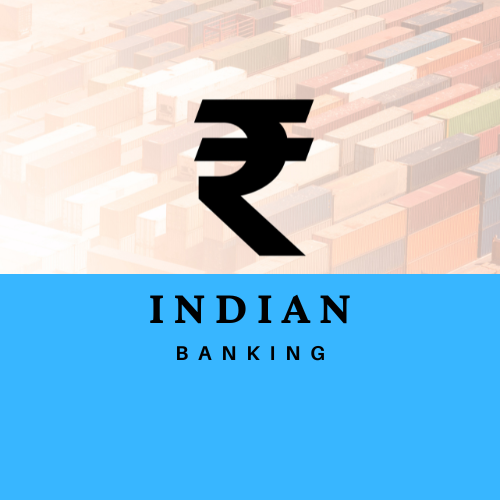Indian banks play a crucial role in the country’s financial system, offering a wide range of banking services to individuals, businesses, and government entities. Here are some key points about Indian banks:
- Types of Banks: Indian banks can be broadly classified into different categories based on their ownership and function:
- Public Sector Banks (PSBs): Majority-owned by the government of India.
- Private Sector Banks: Owned and operated by private individuals or corporations.
- Foreign Banks: Operate in India with headquarters outside the country.
- Regional Rural Banks (RRBs): Cater to rural areas and are sponsored by PSBs.
- Cooperative Banks: Operate under cooperative principles and serve specific communities or regions.
- Regulation: The Reserve Bank of India (RBI) is the central banking institution responsible for regulating and supervising banks in India. It formulates monetary policy, issues currency, and oversees the functioning of banks to maintain financial stability and promote economic growth.
- Services Offered: Indian banks offer a wide range of services, including:
- Retail banking (savings accounts, fixed deposits, loans, credit cards).
- Corporate banking (lending, trade finance, cash management).
- Investment banking (underwriting, mergers and acquisitions, advisory services).
- Wealth management and private banking.
- Digital banking services (internet banking, mobile banking, digital wallets).
- Financial Inclusion: Indian banks are actively involved in promoting financial inclusion initiatives to ensure access to banking services for all segments of society, especially in rural and underserved areas. This includes initiatives such as opening no-frills accounts, offering microfinance services, and implementing government schemes like the Pradhan Mantri Jan Dhan Yojana (PMJDY).
- Challenges and Opportunities: Indian banks face various challenges, including managing non-performing assets (NPAs), adapting to technological advancements, and meeting regulatory requirements. However, they also have opportunities for growth, such as expanding into untapped markets, embracing digital transformation, and leveraging data analytics for better customer service.
Overall, Indian banks are essential institutions that play a vital role in facilitating economic growth, fostering financial inclusion, and supporting the diverse needs of individuals and businesses across the country.


Hi there, just became alert to your blog through Google, and found that it’s truly informative.
I’m gonna watch out for brussels. I’ll be grateful if you continue this in future.
Lots of people will be benefited from your writing. Cheers!
Najlepsze escape roomy